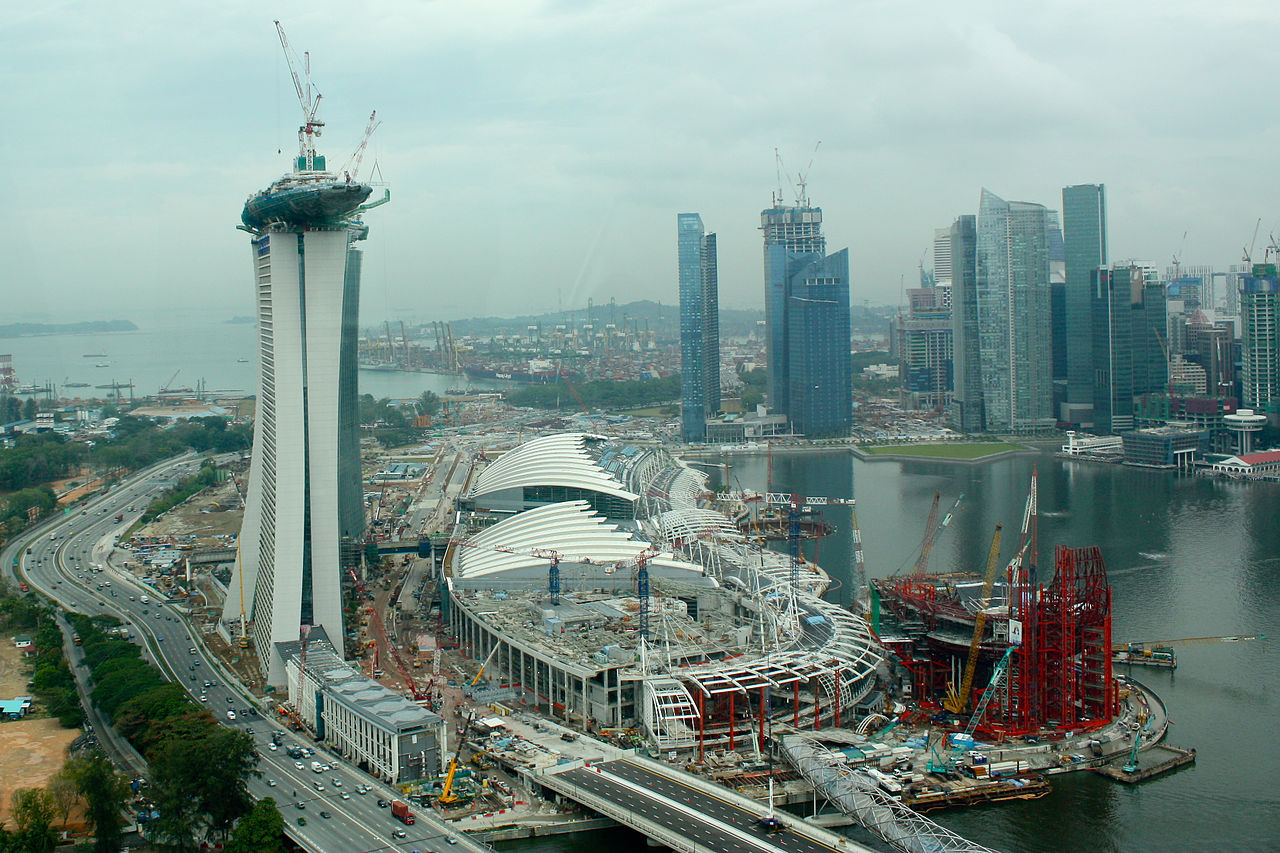
Image by Andy Mitchell via Creative Commons
By Alan Gillies
Business Secretary Vince Cable recently announced the next phase of the government’s Building Information Modelling (BIM) programme, with the publication of Digital Built Britain, its strategic plan for Level 3 BIM. The announcement prompted one architect to respond that “talking about Level 3 BIM when we’re struggling with Level 2 seems bizarre.” Whether bizarre or not, it does demonstrate the government’s commitment to increasing the use of BIM within the built environment sector.
So what is BIM?
Perhaps the most widely used definition of BIM is that originally proposed by Keith Snook, the former Director of Research and Technical at RIBA:
“Building Information Modelling is digital representation of physical and functional characteristics of a facility creating a shared knowledge resource for information about it and forming a reliable basis for decisions during its life cycle, from earliest conception to demolition.”
In other words, BIM is a digital model of a building that captures all the information about a project, from the measurements and costs of materials to how the building elements will work together, and allows it to be shared between different disciplines.
A number of levels of BIM ‘maturity’ are recognised:
Level 0
In its simplest form, level 0 effectively means no collaboration. 2D CAD (computer aided design), with output and distribution via paper or electronic prints, or a mixture of both.
Level 1
Typically comprises a mixture of 3D CAD for concept work, and 2D for drafting of statutory approval documentation and production information. There is no collaboration between different disciplines.
Level 2
Collaborative working – all parties use their own 3D CAD models, but design information is shared through a common file format, such as IFC (Industry Foundation Class) or COBie (Construction Operations Building Information Exchange).
Level 3
Currently seen as the “holy grail” – full collaboration between all disciplines by means of using a single, shared project model which is held in a centralised repository.
BIM is of growing importance to the construction industry, with the UK government’s construction strategy already requiring Level 2, “fully collaborative 3D BIM” as a minimum by 2016 for its own construction procurement, and at the local authority level, the LGA’s construction procurement strategy also recognises BIM as a key factor in modernisation.
BIM and planning
In June 2014, a collection of short essays on digital planning, published by RIBA, included two pieces making recommendations on the role that BIM could play in the planning system. These included calls to
- “re shape the planning system as a digital building site through which applicants are asked to share their BIM database according to a standard form”; and
- expand the BIM systems architects currently use for individual buildings and small sites, to regional and city-wide scales at which planners work, thus creating entire ‘urban BIMs’.
Most of the literature and discussion on BIM to date has been from the perspective of public sector construction procurement or the construction industry itself. But whether or not the planning system does become ‘reshaped as a digital building site’, the technology will have an impact for planners as it becomes more widely used.
Singapore has gone further than most other countries. In 2013, as part of its drive to implement the fastest building permitting system in the world, it made BIM e-submissions mandatory for building projects greater than 20,000 square metres, and from this year for all projects greater than 5,000 square metres. In the same year the UK government set up ‘BIM4Regs’ working groups to examine how BIM data could be used in planning and building control submissions, and the RTPI is working to increase planners’ understanding of BIM, for example through its programme of events.
In the social housing sector too, BIM is beginning to make its mark. At the start of this year, Nottingham City Homes, the arms-length management organisation (ALMO) for the city council, announced that it would be using BIM for the construction of a 54-home development. The organisation’s plan is to build up a ‘library’ of potential designs for homes. Costs are often cited as a barrier to BIM uptake. In this case, the software is said to have cost Nottingham City Homes £5000, but it is hoped that it could reduce upfront design costs by 15%, and potentially increase the speed of developments by 10%.
Here at Idox we have been collecting articles and reports on BIM since 2011, a few of which are listed below.
References and further reading
National construction category strategy for local government
Ready, steady BIM (increasing BIM uptake), IN RIBA Journal, Vol 122 No 1 Jan 2015, pp28-29
Digital planning: ideas to make it happen (RIBA think piece series)
BIM: the inside story 3 years on, IN Building, No 15 17 Apr 2014
Resource efficiency through BIM: a guide for BIM users (Guidance on resource efficient construction)
Share
Related Posts
The Knowledge Exchange Information Service will close on Friday 23 December. Our service will reopen on Tuesday 3 January 2023. The first bulletin of 2023 will be published on 11 January, and the first Topic Updates of the New Year ....
It is well recognised that the UK faces a shortage in STEM (science, technology, engineering and maths) skills, and that at current projections, this gap in skills and knowledge is only going to grow in the coming years. Before the ....

